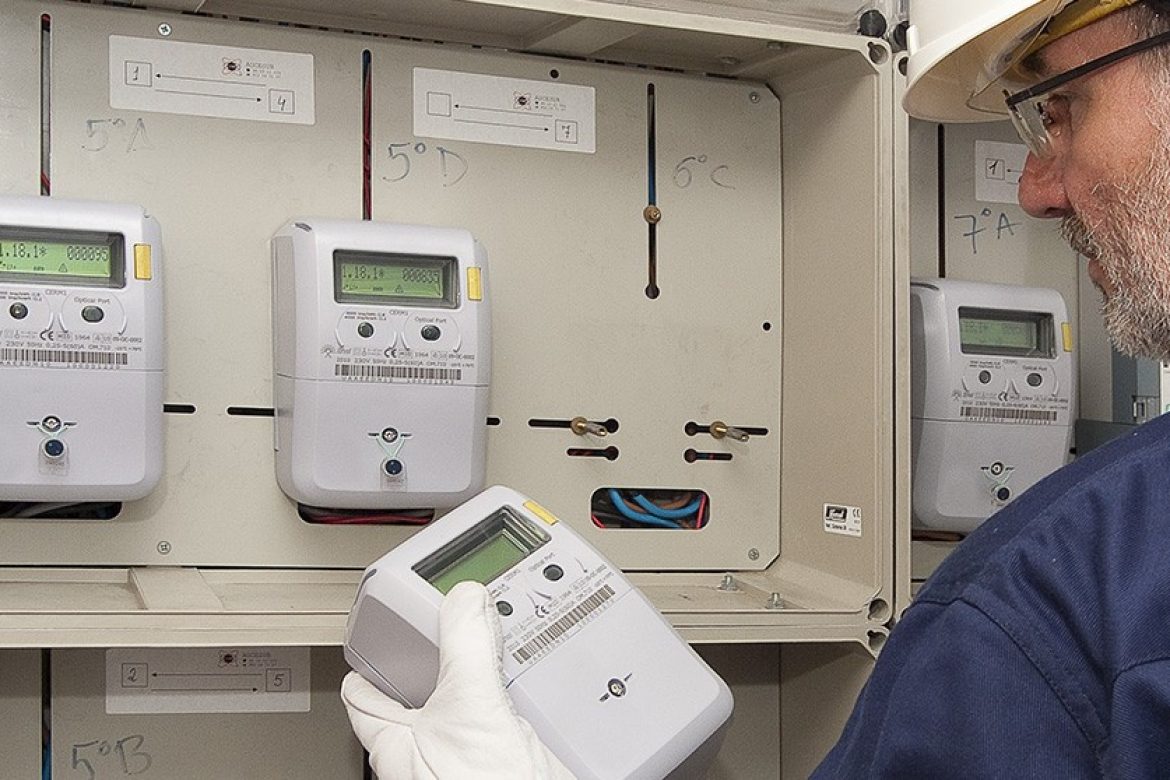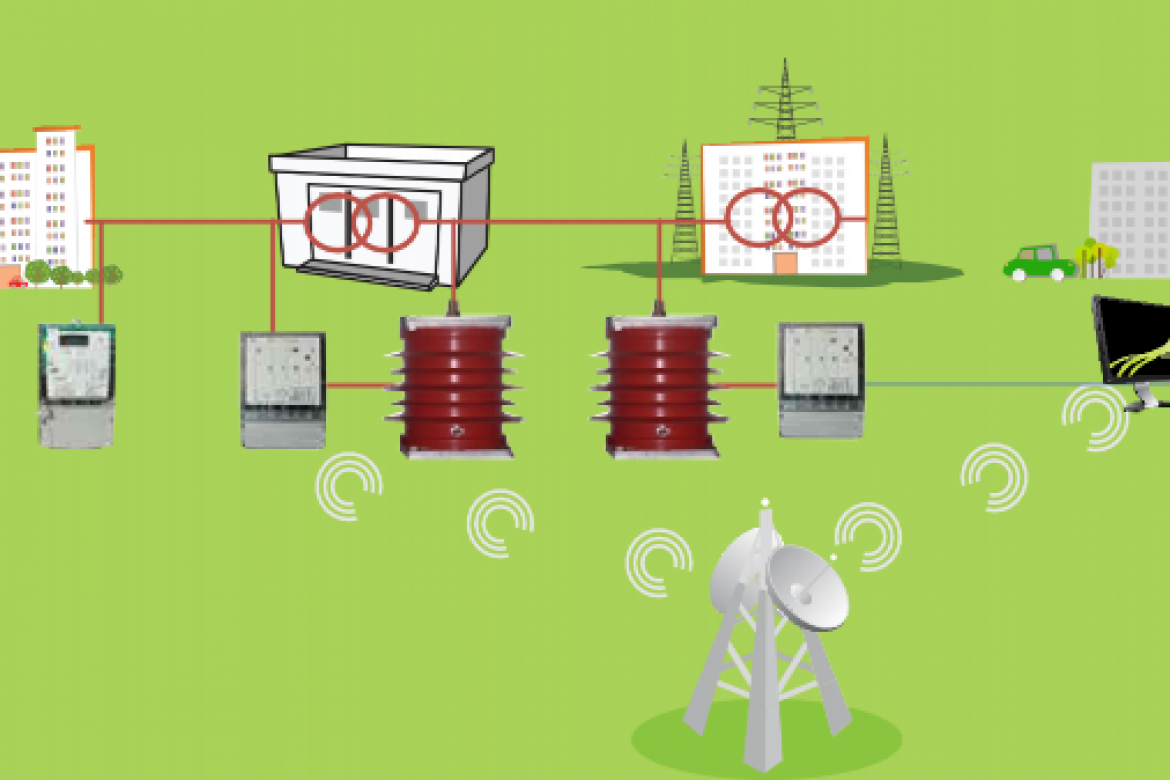
Previously, measurement and monitoring have mostly been short-term and ad hoc.įor example, pressure-reducing valves (PRVs) are a key part of the infrastructure of any water system. Gathering that data is the key to making profound system improvements. The battery-powered devices deployed across a water system provide measurement as well as continuous monitoring. Zac Barkjohn: Again, this all comes down to increasing system visibility. How can adopting a smart utility network help utilities take better care of their distribution network? That’s a much faster response, which enhances customer satisfaction and reduces losses. System operators would already have all this data at their fingertips, so they can immediately run analytics to identify the problem and target a repair. A smart utility network would be constantly monitoring customer meters, as well as control valves and other system points. Traditionally, when a customer calls to report low water pressure, the utility would roll a truck to deploy a pressure sensor on the nearest hydrant, and monitor that for a week, just to even begin to understand the problem. All of the benefits stem from informing operational decisions and reducing response time.įor instance, an application for pressure monitoring and management, such as the Sensus Analytics Pressure Profile, provides numerous benefits. Zac Barkjohn: Increasing system visibility fundamentally changes how you manage a water system. In a smart utility network, which kinds of data and analytics offer the greatest potential benefits to water utilities? Reconfiguring over-the- air yields massive time and cost savings.
#Smart utility solution update
The ability to easily update firmware or configuration settings is critical, when you consider that utilities are deploying thousands (or in some cases, hundreds of thousands) of smart meters. Utilities can also remotely update firmware and transmit special instructions to specific devices.

In addition to on-demand meter reads, a smart utility network can yield distribution system situational awareness, help track down water losses, support monitoring and modeling, and more. In a smart utility network, battery-powered devices and networked, two-way communications collect data and provide system visibility at a lower price point than ever before. It encompasses, and bridges the gap, between advanced metering infrastructure and more energy-intensive communication networks. It offers visibility and control across the entire water system. Zac Barkjohn: A smart utility network is a workhorse of data collection. What is a smart utility network, and how can water utilities and their customers benefit from adopting this type of solution? In a recent interview with AWWA, Zac Barkjohn, Product Manager, Utility Solutions, at Sensus, a Xylem brand, explains how a utility’s digital transformation helps solve these challenges. Utilities also face the normal day-to-day challenges, such as meeting customers’ needs, rate fluctuations, aging infrastructure and regulatory compliance. When smart devices are connected, they can provide insight into all aspects of a utility’s operations and help utilities tackle the numerous challenges they face, such as climate change, population shifts, industrialization, rising energy costs and aging infrastructure. In other words, utilities are building a smart utility network for operational efficiency and to enable their customers to better control their water use. Leveraging a wider menu of advanced technologies, water utilities are embracing a digital transformation with even more intelligent devices that connect insights to action with real-time data-and they are using applications and services tailored to their needs.


Smart meters, sometimes called the cash register, are just the beginning. With its integration of smart devices, data and a communications system, AMI helps utilities better identify when, where and why water is being used. The guide offers an in-depth exploration, and real-life examples, of how water utilities are moving beyond smart metering to digitally transform systems and operations that help manage water more efficiently and effectively.Īdvanced metering infrastructure (AMI) has helped utilities optimize their operations. How can water utilities build smarter infrastructure to gain insights about their systems for more informed operational decision-making? That’s the subject of a new guide from the American Water Works Association (AWWA) and Sensus, a Xylem brand. Municipal Water & Wastewater, Water Utilities, Making Waves, Digital Solutions


 0 kommentar(er)
0 kommentar(er)
